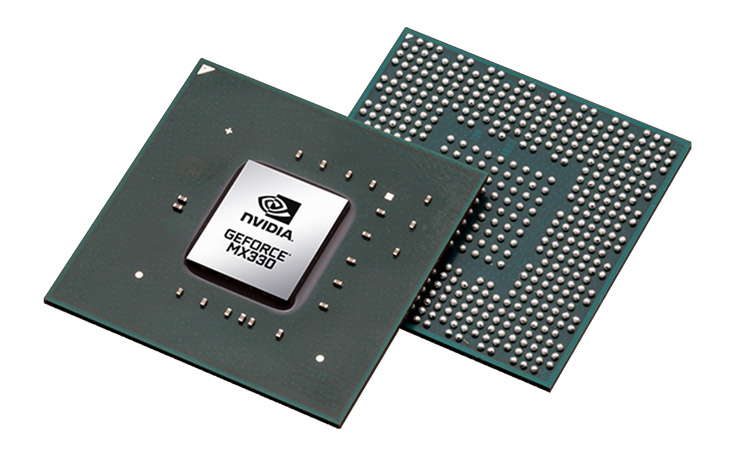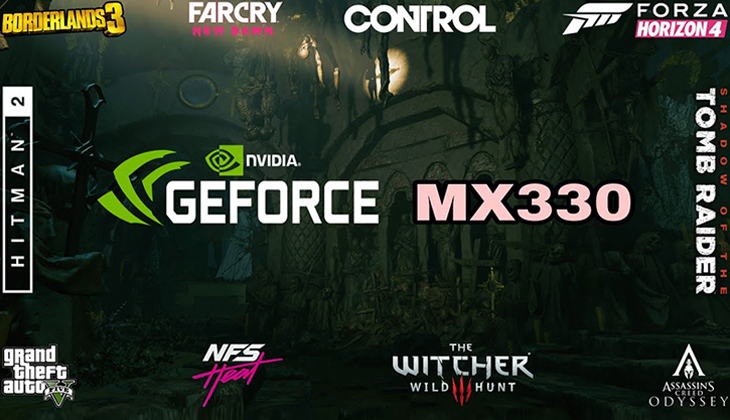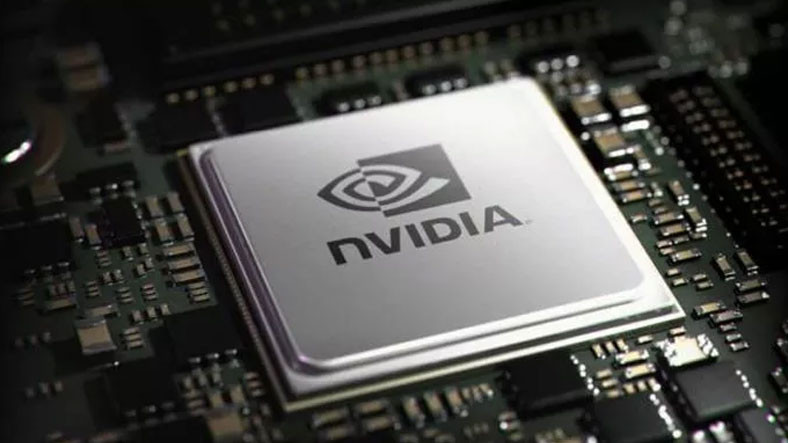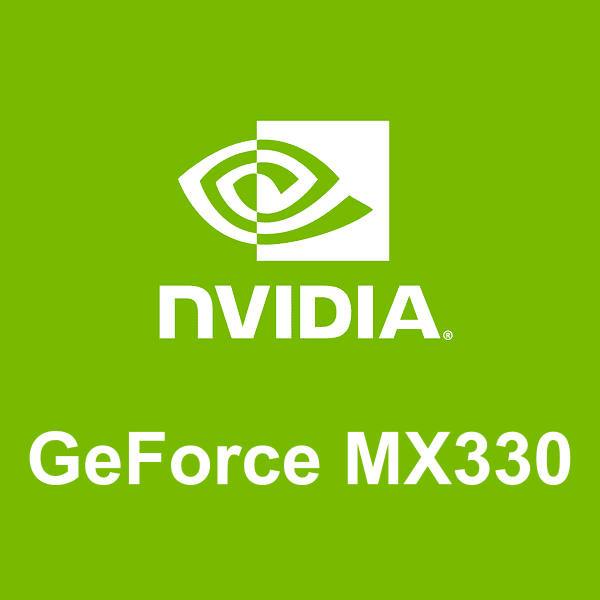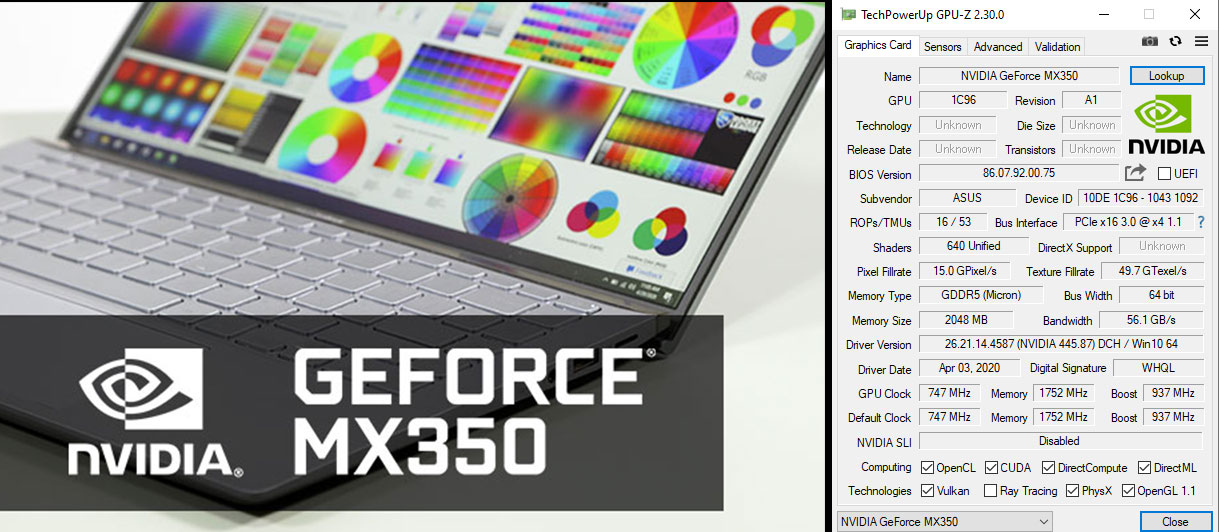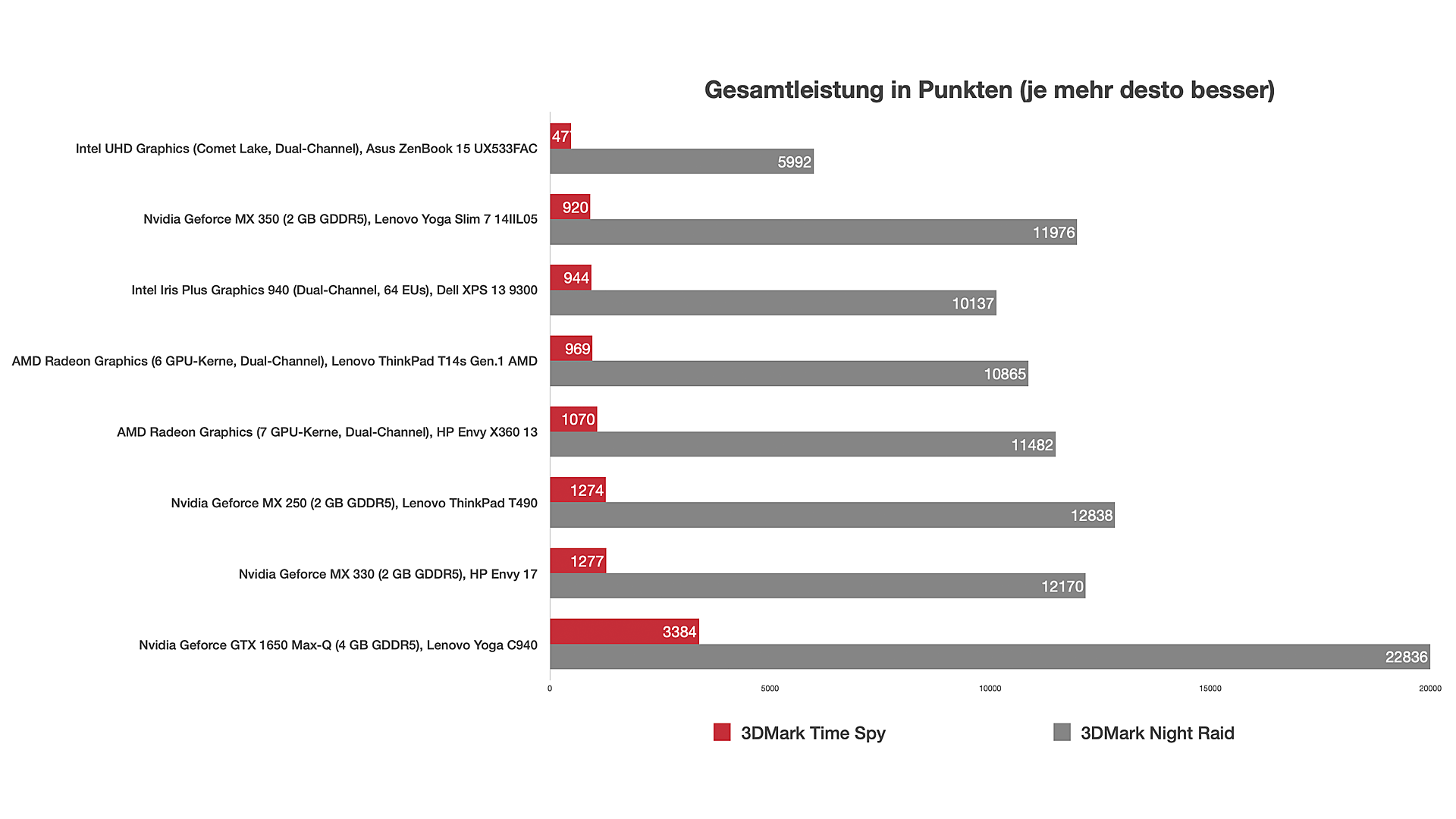Nvidia Geforce Mx330 Video Editing
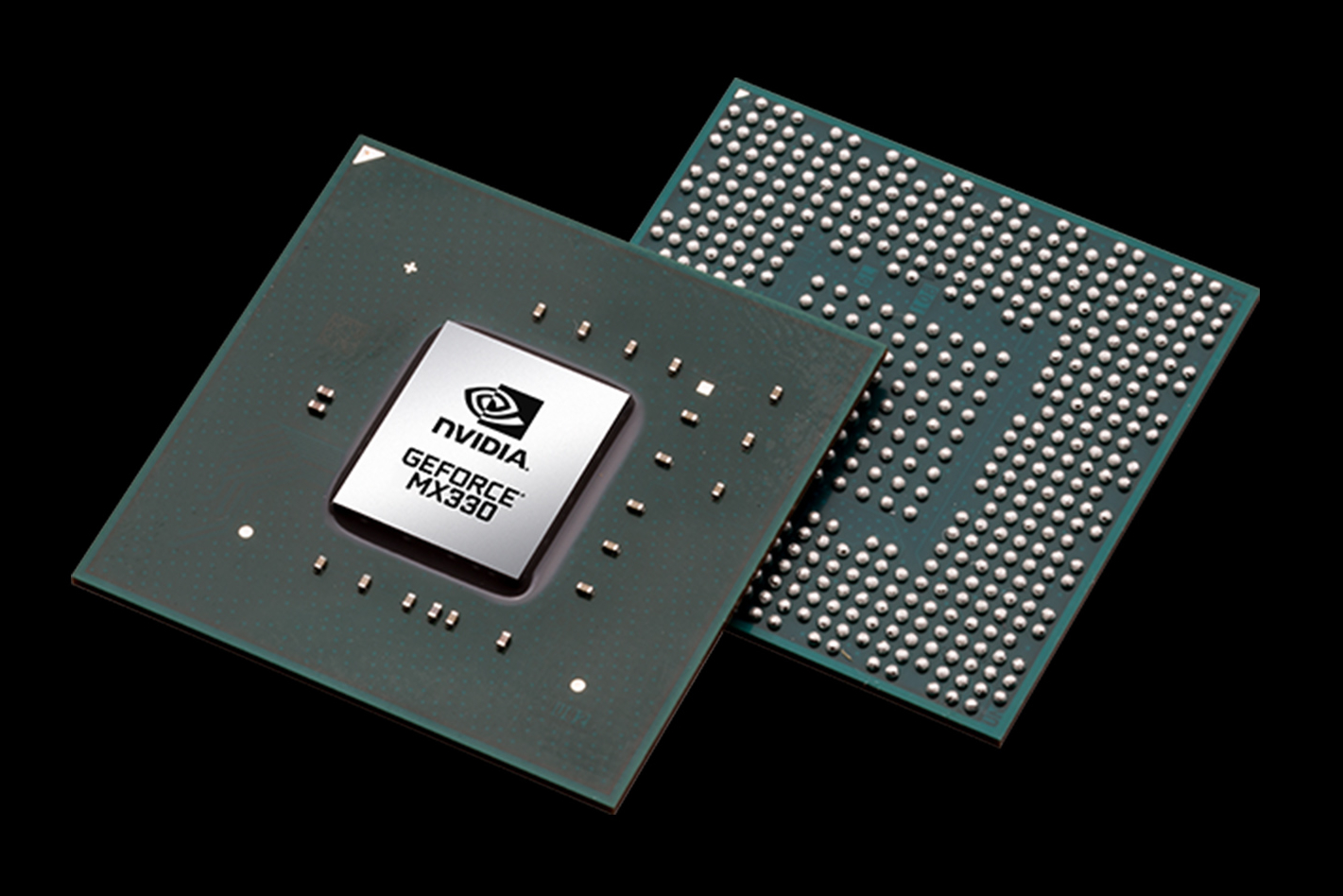
The Nvidia GeForce MX330, a dedicated entry-level mobile graphics processing unit (GPU), continues to be a subject of discussion among video editors, particularly those operating on a budget or seeking a lightweight editing setup. Its capabilities and limitations in handling video editing tasks remain a critical consideration for professionals and enthusiasts alike.
The MX330's suitability for video editing hinges on several factors, including the complexity of the project, the software used, and the user's tolerance for rendering times. This article delves into the GPU's performance, its strengths and weaknesses in the context of video editing, and what users can realistically expect from it.
MX330 Specifications and Performance
Released in early 2020, the MX330 is based on the Nvidia Pascal architecture. It typically features 384 CUDA cores and up to 2GB of GDDR5 memory. These specifications place it firmly in the entry-level category, significantly less powerful than dedicated professional GPUs like the Quadro series or high-end GeForce RTX cards.
In video editing, the CUDA cores accelerate tasks like rendering, encoding, and applying effects. However, with only 384 cores, the MX330's processing power is limited compared to more powerful GPUs, resulting in longer rendering times, particularly for complex projects.
Software Compatibility and Limitations
The MX330 is compatible with most popular video editing software, including Adobe Premiere Pro, DaVinci Resolve, and Filmora. These programs can leverage the GPU for hardware acceleration, improving performance compared to relying solely on the CPU.
However, the MX330's limited memory and processing power become apparent when working with high-resolution footage (4K or higher) or complex timelines with numerous effects and transitions. Users may experience lag, stuttering, and extended rendering times.
Real-World Usage Scenarios
For basic video editing tasks, such as cutting, trimming, and adding simple transitions to 1080p footage, the MX330 can provide acceptable performance. It's adequate for editing vlogs, social media content, and other short-form videos.
However, for more demanding projects involving 4K footage, color grading, visual effects, or multi-cam editing, the MX330 may struggle. Users should temper their expectations and be prepared for longer processing times or consider proxy editing workflows (creating lower-resolution versions of the footage for editing).
"Proxy editing is a workaround that can significantly improve the editing experience on less powerful hardware," explains David Miller, a freelance video editor. "By working with lower-resolution proxies, you can edit smoothly and then switch back to the original footage for final rendering."
Alternatives and Considerations
For users who require more performance for video editing, upgrading to a laptop with a more powerful dedicated GPU is recommended. GPUs like the GeForce RTX 3050 or higher offer a significant performance boost, resulting in faster rendering times and a smoother editing experience.
Alternatively, consider using a desktop computer with a dedicated GPU, as these typically offer better performance and upgradability compared to laptops. Cloud-based video editing solutions are also emerging as a viable option, allowing users to leverage powerful remote servers for resource-intensive tasks.
The Human Element: Balancing Budget and Needs
The choice of whether or not to use a laptop with an MX330 for video editing often comes down to budget and individual needs. For students, hobbyists, or those with limited budgets, a laptop with an MX330 might be a viable starting point.
However, for professional video editors or those who require faster turnaround times, investing in a more powerful GPU is highly recommended. It's crucial to weigh the cost savings against the potential productivity gains of a more capable machine.
In conclusion, the Nvidia GeForce MX330 can be used for basic video editing, but its limitations should be carefully considered. Users should adjust their workflow, manage expectations, and explore alternative solutions if they require more performance.
